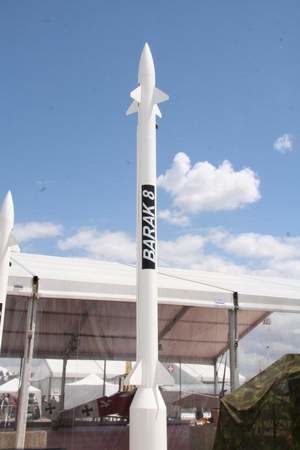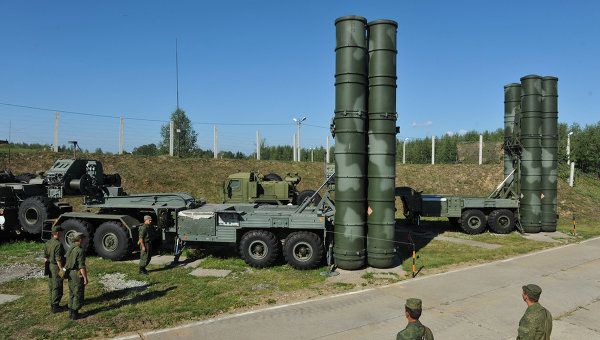25/02/2015 lorientlejour.com
"La Turquie s'efforce de conclure un meilleur accord, non seulement commercialement mais aussi politiquement".
La Turquie a relancé la controverse autour de l'appel d'offres lancé pour équiper son armée de missiles sol-air dernier-cri en agitant à nouveau la perspective d'une victoire de la Chine, à seule fin semble-t-il d'arracher des concessions des autres prétendants.
En 2013, le gouvernement islamo-conservateur turc a créé la surprise en annonçant avoir retenu pour ce contrat de 3 milliards d'euros la firme China Precision Machinery Export-Import Corporation (CPMIEC), de préférence à ses concurrents américains Raytheon et Lockheed Martin et le consortium franco-italien Eurosam.
Cette décision a provoqué la levée de boucliers des alliés de la Turquie au sein de l'Otan. Tous ont regretté l'absence de compatibilité du matériel chinois avec leurs propres systèmes et rappelé que CPMIEC faisait l'objet de sanctions de Washington pour avoir livré des armes à la Syrie et à l'Iran sous embargo. Sous pression, Ankara a donc été contraint de revoir sa position en repêchant les deux autres candidats, priés de reformuler leurs propositions. A en croire les confidences du président Recep Tayyip Erdogan, ce nouveau tour de piste semblait devoir bénéficier aux Européens. Mais une série de récentes déclarations et de confidences sont venues rebattre les cartes.
La semaine dernière, le ministre de la Défense Ismet Yilmaz a ainsi suggéré que les Chinois allaient l'emporter en indiquant, en réponse à la question d'un député, que le système retenu par les Turcs ne serait pas intégré au système de l'Alliance atlantique. Dans la foulée du ministre, les autorités turques ont insisté sur les mérites de l'offre chinoise, même si elles ont précisé qu'aucune décision n'avait encore été prise. "La Chine est un candidat sérieux et se trouve dans une position plus avantageuse que celle de ses concurrents", explique à l'AFP une source gouvernementale, "elle propose un prix inférieur de moitié et elle accepte de partager sa technologie".
"Dans la course"
Si certains ont rapidement conclu de ces sorties que les Turcs avaient fait leur choix, les analystes n'y ont vu qu'une péripétie des négociations en cours."Il est faux de présumer que la Turquie a choisi d'acheter ses missiles aux seuls Chinois. Les Américains et les Européens sont toujours dans la course", assure Sinan Ülgen, du Centre d'études économiques et de politique étrangère (Edam) d'Istanbul. "La Turquie s'efforce de conclure un meilleur accord, non seulement commercialement mais aussi politiquement", renchérit Nihat Ali Özcan, du centre d'études Tepav d'Ankara.
La presse proche du gouvernement a ainsi rapporté récemment que les autorités n'attribueraient pas le contrat avant le 24 avril, date de la commémoration du centième anniversaire du génocide arménien, afin de s'assurer des bonnes dispositions de Paris et Washington sur ce dossier sensible. "Un accord pourrait être signé avec la Chine si les gouvernements américain et français adoptent des positions pro-arméniennes", a écrit le quotidien Sabah.
Un projet de loi français, finalement annulé, pénalisant la négation du génocide arménien a suscité une sérieuse crise entre Paris et Ankara en 2012 et le président français François Hollande a déjà annoncé sa présence à Erevan le 24 avril. Les Turcs s'inquiètent également du dépôt au Congrès américain d'un texte reconnaissant le caractère de génocide aux massacres d'Arméniens par l'Empire ottoman pendant la Première guerre mondiale. Ankara réfute catégoriquement cette qualification.
L'Otan comme les pays en course se sont refusés à commenter l'état des discussions. "Chaque nation est libre de décider de l'origine de ses équipements militaires mais il est important que tous puissent fonctionner ensemble", a toutefois rappelé sous couvert de l'anonymat à l'AFP un responsable de l'Alliance atlantique.
Le porte-parole du président Erdogan, Ibrahim Kalin, semble avoir entendu ces inquiétudes et a affirmé lundi que son pays assurerait "l'intégration" de son futur système d'armes avec celui de l'Otan.
Même si la Turquie fait monter les enchères, donc, les experts restent persuadés qu'elle privilégiera au final les offres occidentales. "Comment pouvez-vous espérer que le système radar de l'Otan basé à Kurecik, dans l'est de la Turquie, puisse fonctionner à pleine capacité avec un système chinois ?", s'interroge Sinan Ülgen, "ce serait un paradoxe". "Européens et Américains font la course en tête, pas les Chinois", confirme M. Özcan.


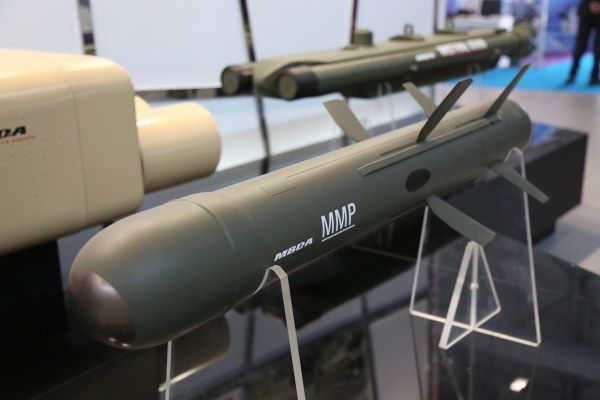





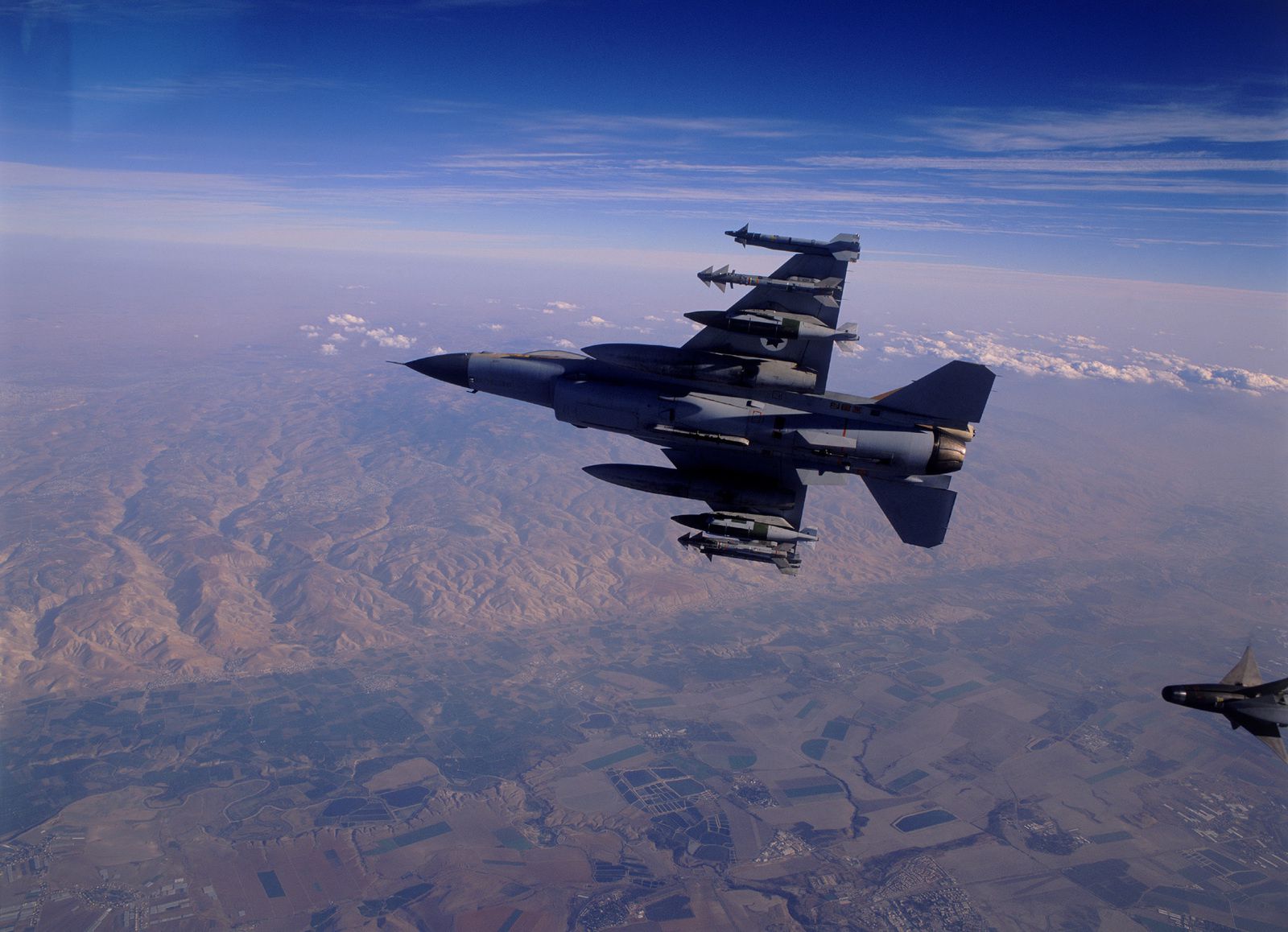

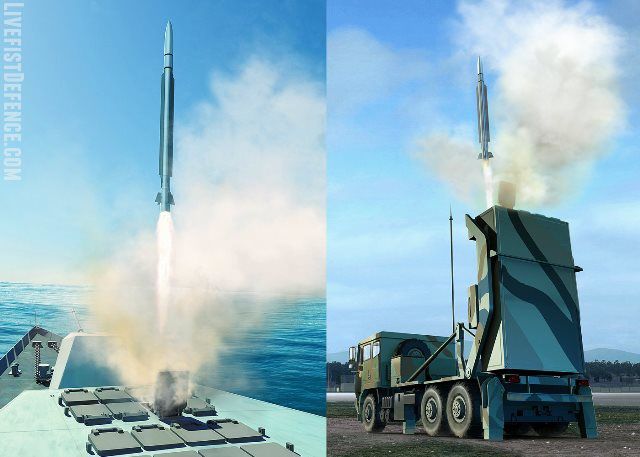
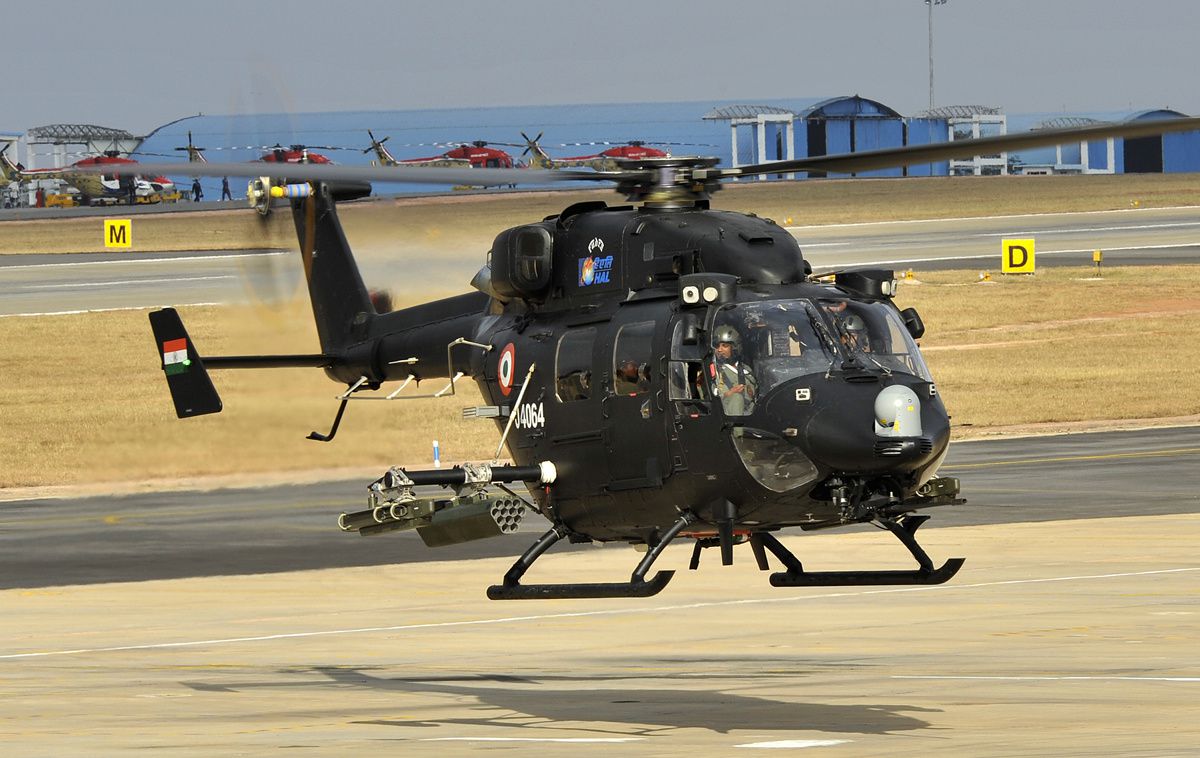
![Chinese S-300 (HongQi 9 [HQ-9]) launcher during China's 60th anniversary parade, 2009. photo Jian Kang](http://img.over-blog-kiwi.com/0/54/74/56/20150226/ob_347a1a_chinese-s-300-hongqi-9-hq-9-launch.jpg)






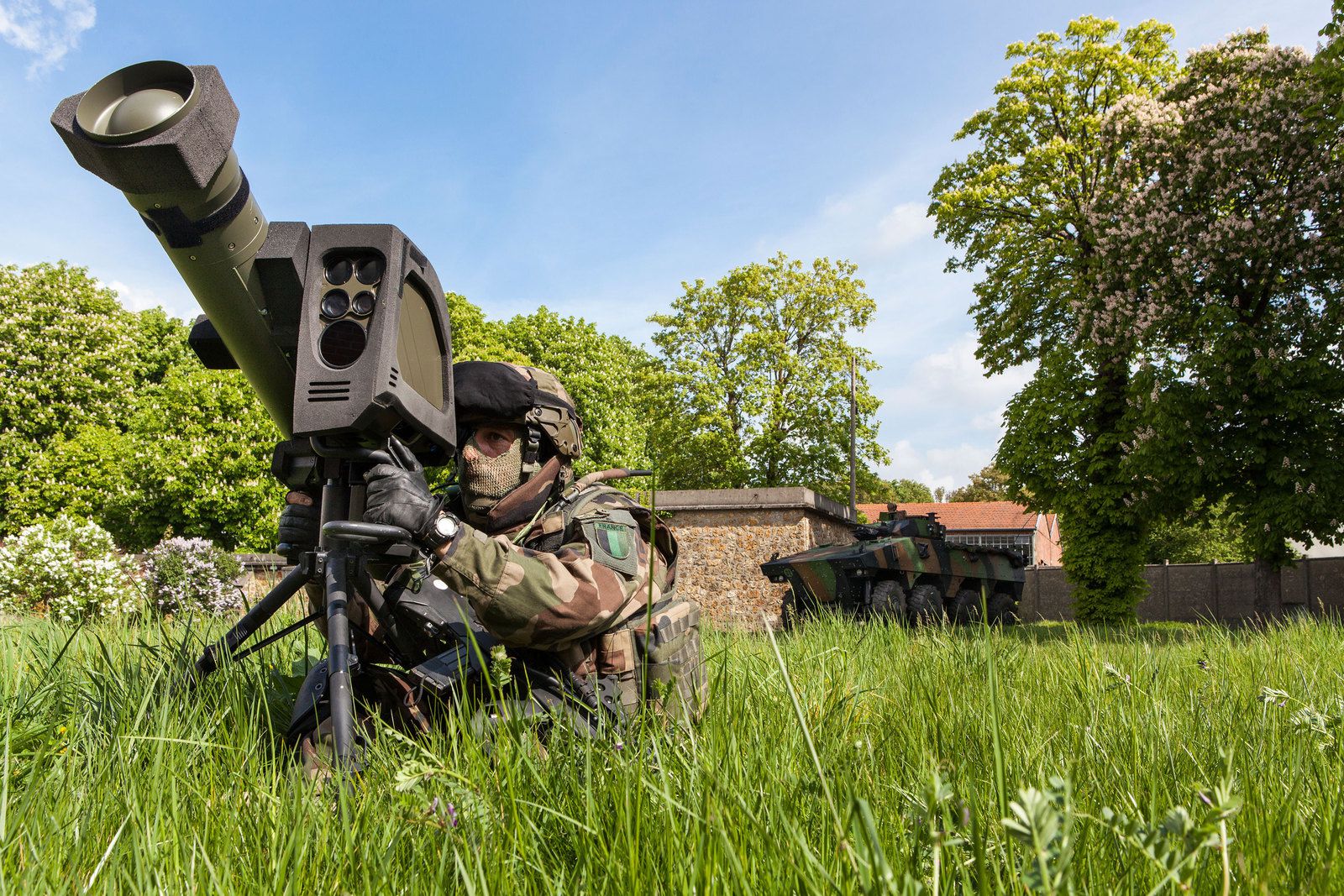
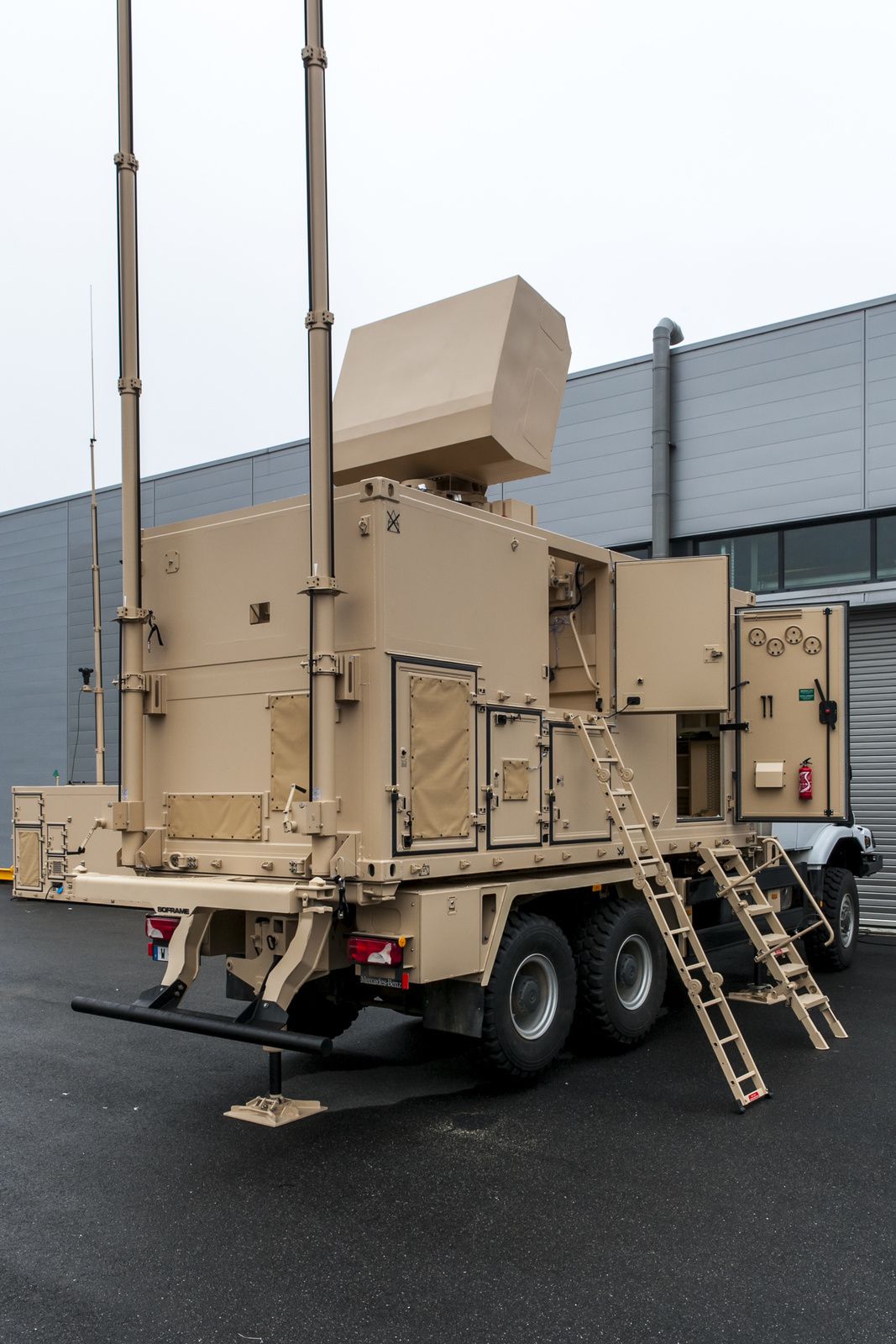





/image%2F0547456%2F20150209%2Fob_b37304_tir-de-la-deuxieme-cible.jpg)
/image%2F0547456%2F20150209%2Fob_feb13f_tir-de-la-premiere-cible.jpg)
/image%2F0547456%2F20150209%2Fob_2cb59e_recuperation-de-la-cible-amie-apres.jpg)
